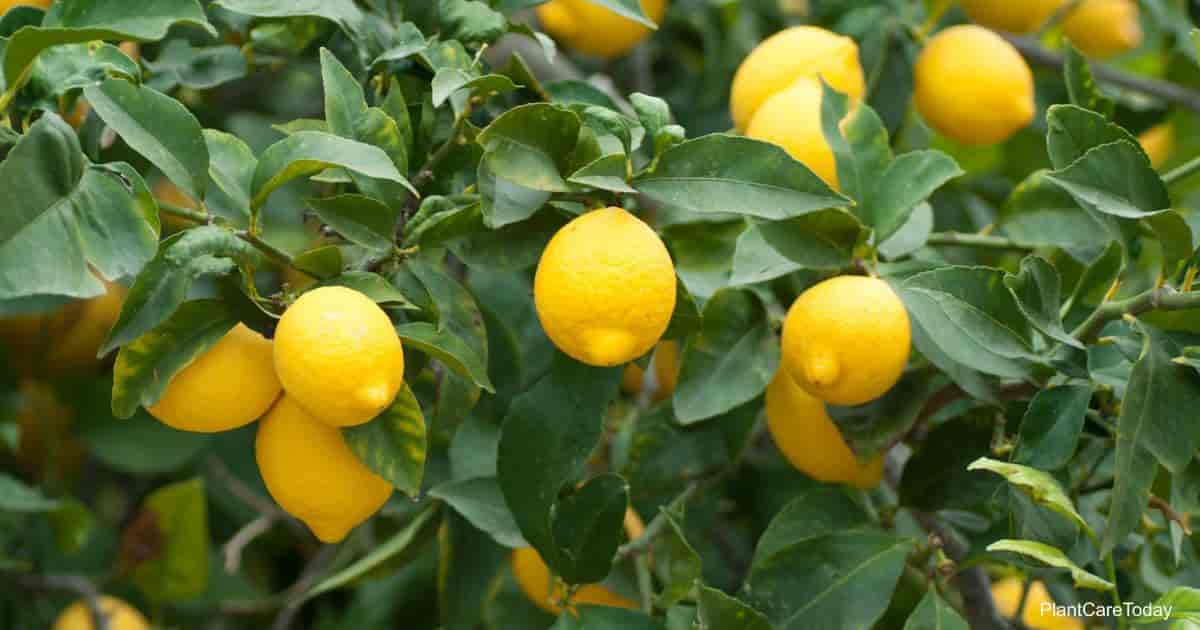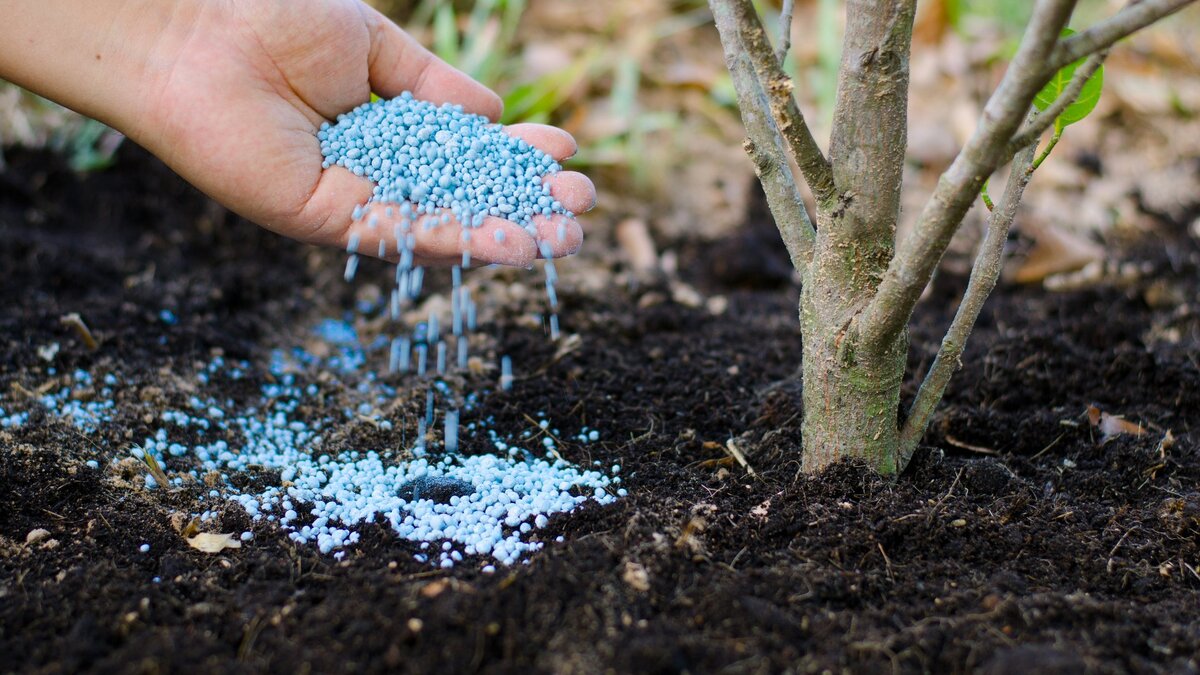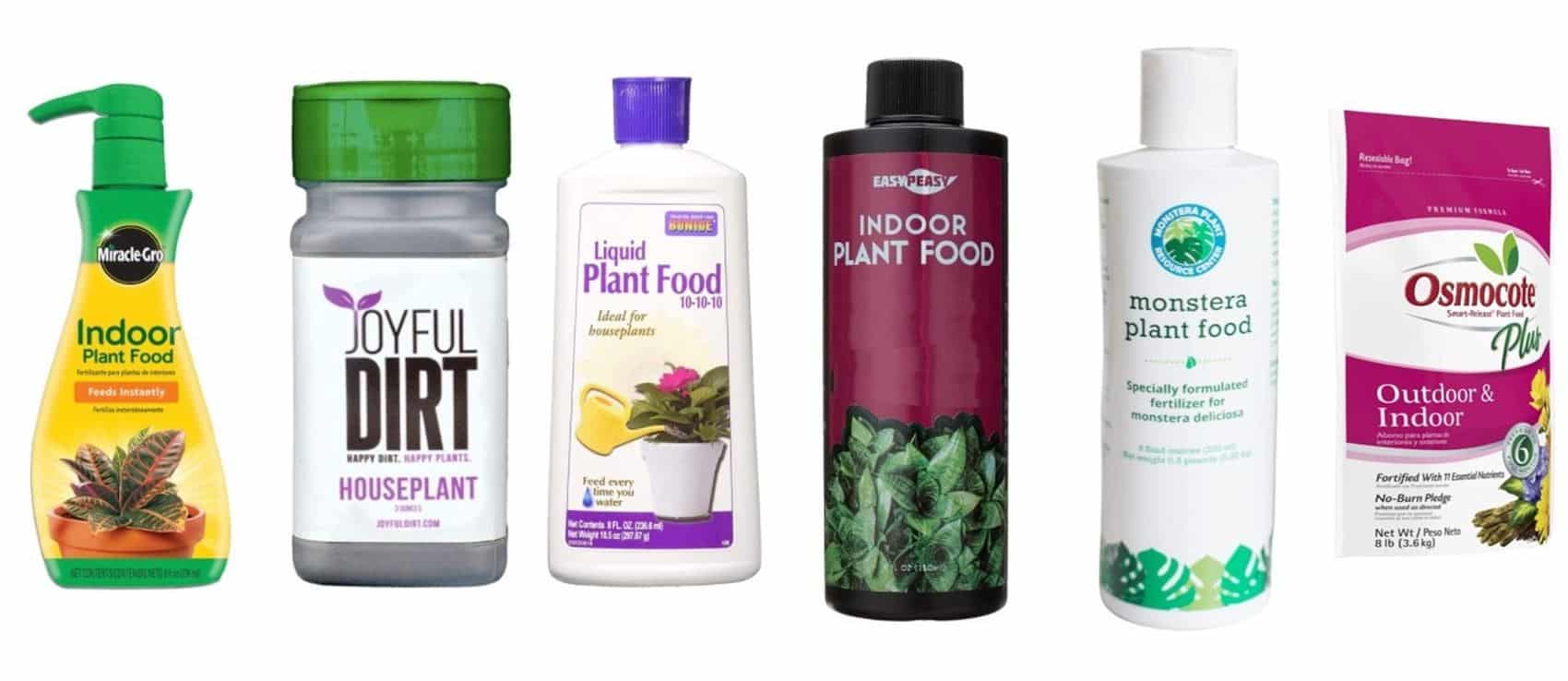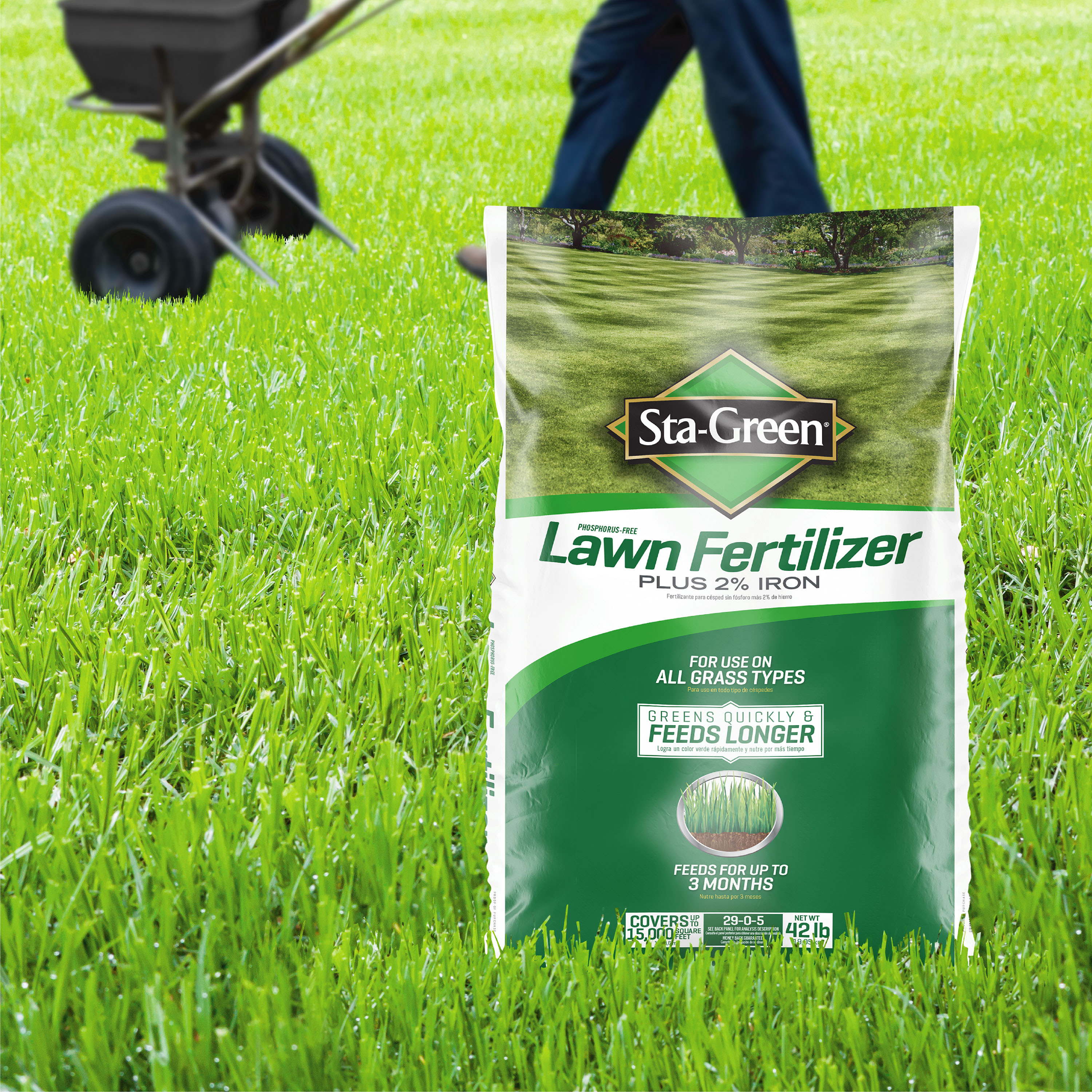Home>Types of Gardening>Ornamental Gardening>What Is The Best Fertilizer For Dogwood Trees
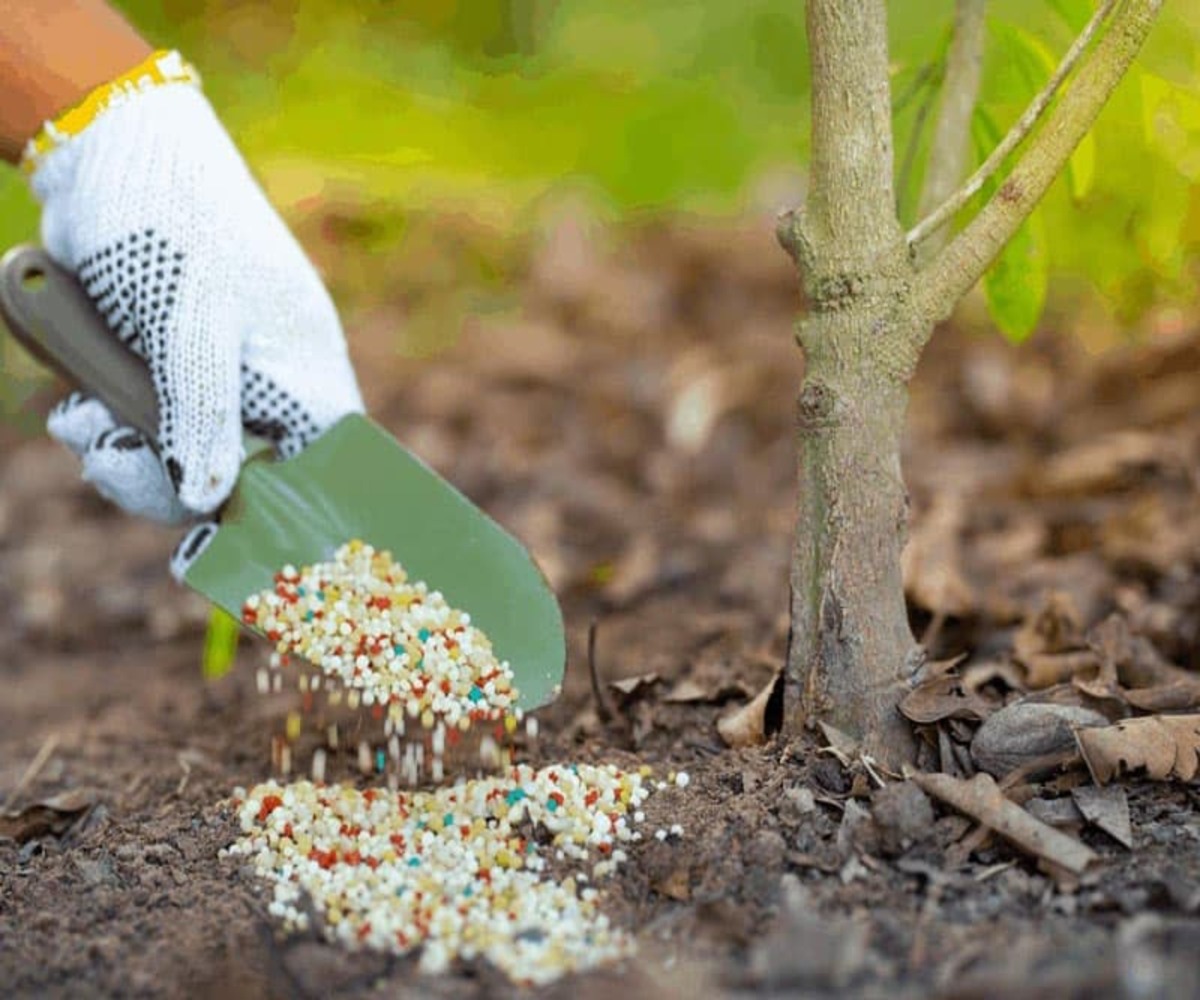

Ornamental Gardening
What Is The Best Fertilizer For Dogwood Trees
Modified: January 22, 2024
Looking for the best fertilizer for your dogwood trees? Discover effective solutions for ornamental gardening to ensure healthy and vibrant growth.
(Many of the links in this article redirect to a specific reviewed product. Your purchase of these products through affiliate links helps to generate commission for Chicagolandgardening.com, at no extra cost. Learn more)
Table of Contents
- Introduction
- Factors to Consider when Choosing Fertilizer
- Understanding Dogwood Tree Nutrient Needs
- Organic Fertilizers
- Inorganic Fertilizers
- Slow-Release Fertilizers
- Best Fertilizer Options for Dogwood Trees
- Proper Fertilizer Application Techniques
- Common Mistakes to Avoid when Fertilizing Dogwood Trees
- Conclusion
Introduction
Ornamental gardening is a fulfilling and rewarding hobby that allows individuals to create beautiful and enchanting outdoor spaces. One of the key elements in maintaining a vibrant garden is proper fertilization. When it comes to nourishing dogwood trees, choosing the right fertilizer is essential for their health and overall growth.
Dogwood trees, known for their stunning blossoms and attractive foliage, require specific nutrients to thrive and flourish. By understanding the factors to consider when selecting a fertilizer and the unique nutrient needs of dogwood trees, you can provide them with the optimal care they require.
There are two main categories of fertilizers to choose from: organic and inorganic. Organic fertilizers are derived from natural sources, such as compost, manure, and bone meal. On the other hand, inorganic fertilizers are chemically synthesized and typically come in granular or liquid form.
Moreover, slow-release fertilizers are becoming increasingly popular due to their convenience and long-lasting effects. These fertilizers gradually release nutrients over an extended period, ensuring a steady supply of nourishment for the dogwood trees.
In this article, we will discuss the best fertilizer options for dogwood trees, taking into account their specific nutrient requirements. We will also explore proper fertilizer application techniques and common mistakes to avoid. By following these guidelines, you can provide your dogwood trees with the nutrients they need to thrive and enhance the beauty of your garden.
Factors to Consider when Choosing Fertilizer
When selecting a fertilizer for your dogwood trees, there are several important factors to consider. By understanding these factors, you can make an informed decision and ensure the health and vitality of your plants.
1. Nutrient Composition: Dogwood trees have specific nutrient requirements, with the key nutrients being nitrogen (N), phosphorus (P), and potassium (K). Look for a fertilizer with a balanced ratio of these nutrients, such as a 10-10-10 or 14-14-14 formulation. This will provide a well-rounded nutrient supply for your dogwood trees.
2. Soil Analysis: Before applying any fertilizer, it is essential to conduct a soil analysis. This will help determine the current nutrient levels in the soil and identify any deficiencies that need to be addressed. Soil testing kits are readily available at garden centers or can be sent to a lab for more accurate results.
3. Slow-Release or Quick-Release: Consider whether you prefer a slow-release or quick-release fertilizer. Slow-release fertilizers provide nutrients gradually over an extended period, reducing the risk of over-fertilization. Quick-release fertilizers, on the other hand, deliver nutrients more rapidly and are best used when immediate nutrient boost is needed.
4. Organic or Inorganic: Decide whether you prefer to use organic or inorganic fertilizers. Organic fertilizers are derived from natural sources and improve soil structure and fertility over time. Inorganic fertilizers are chemically synthesized and provide a more concentrated and immediate nutrient supply.
5. Environmental Impact: Consider the environmental impact of the fertilizer you choose. Look for eco-friendly options that minimize the risk of water pollution and harm to beneficial organisms.
6. Application Method: Evaluate the ease of application of the fertilizer. Some fertilizers come in granular form and are applied directly to the soil, while others are in liquid form and can be sprayed onto the foliage. Choose a method that suits your preference and convenience.
By considering these factors when choosing a fertilizer, you can provide your dogwood trees with the right nutrients they need for healthy growth and vibrant blooms.
Understanding Dogwood Tree Nutrient Needs
Properly understanding the nutrient needs of dogwood trees is crucial for their overall health and development. By providing the right balance of nutrients, you can help your dogwood trees thrive and flourish.
Nitrogen (N): Nitrogen is essential for promoting vigorous growth and lush foliage in dogwood trees. It plays a vital role in the production of chlorophyll, which is responsible for the tree’s green color. Adequate nitrogen levels also contribute to increased disease resistance and improved overall vigor.
Phosphorus (P): Phosphorus is essential for strong root development, flower formation, and fruit production. It aids in the transfer of energy throughout the plant and is particularly important during the early stages of growth. Adequate phosphorus levels are crucial for encouraging healthy blooms in dogwood trees.
Potassium (K): Potassium is vital for overall plant health and resilience. It helps in regulating water movement within the plant, strengthening cell walls, and promoting disease resistance. Potassium is particularly important during periods of drought stress and extreme weather conditions.
In addition to these primary nutrients, dogwood trees also benefit from secondary nutrients like calcium and magnesium. These nutrients play vital roles in plant metabolism, cell membrane integrity, and enzyme activation.
The specific nutrient needs of dogwood trees can vary depending on factors such as soil composition, weather conditions, and the tree’s growth stage. Conducting a soil analysis can provide valuable insights into any nutrient deficiencies that need to be addressed.
It is essential to strike a balance when fertilizing dogwood trees. While they require adequate nutrients for healthy growth, excessive fertilization can lead to nutrient imbalances or burn the tree’s roots and foliage. Follow the recommended fertilizer application rates and frequency for the specific type of fertilizer you choose.
By understanding the nutrient needs of dogwood trees, you can provide them with the optimal care and nourishment they need to thrive and showcase their magnificent beauty.
Organic Fertilizers
Organic fertilizers are an excellent choice for those looking to adopt a more sustainable and environmentally friendly approach to ornamental gardening. Derived from natural sources, these fertilizers offer numerous benefits for dogwood trees and the overall health of the soil ecosystem.
Here are some popular types of organic fertilizers to consider:
1. Compost: Compost is a nutrient-rich, dark, and crumbly organic material formed from decomposed plant matter. It improves soil structure, enhances nutrient retention, and promotes beneficial microbial activity. Adding compost to the soil around dogwood trees provides a slow-release source of nutrients over time.
2. Manure: Well-rotted manure, such as cow or chicken manure, is an excellent source of organic matter and essential nutrients. It enriches the soil, improves water-holding capacity, and enhances microbial activity. When using manure as a fertilizer, ensure it is properly composted to avoid potential weed seeds and pathogen contamination.
3. Bone Meal: Bone meal is derived from ground animal bones and is an excellent source of phosphorus and calcium. It promotes strong root development, aids in flower bud formation, and enhances overall plant health. Bone meal is particularly beneficial for dogwood trees during their blooming stage.
4. Fish Emulsion: Fish emulsion is a liquid organic fertilizer made from fish waste products. It is rich in nitrogen and other essential nutrients. Fish emulsion provides a quick source of nutrients and is easily absorbed by dogwood trees. Dilute it with water according to the manufacturer’s instructions before applying.
5. Seaweed and Kelp Extracts: Seaweed and kelp extracts are derived from marine algae and are highly beneficial for enhancing plant growth and vigor. They contain a wide range of micronutrients, plant hormones, and trace elements, which promote root development, increase flowering, and improve plant resilience to stress.
Organic fertilizers not only nourish dogwood trees but also improve soil health and fertility over time. They promote the growth of beneficial microorganisms, enhance water retention capacity, and reduce the need for synthetic inputs.
When using organic fertilizers, it is essential to follow the recommended application rates and incorporate them into the soil around the drip line of the dogwood tree. This ensures proper nutrient distribution and absorption by the roots.
By incorporating organic fertilizers into your gardening routine, you can provide your dogwood trees with a sustainable and natural source of nutrients, resulting in healthier and more vibrant plants.
Inorganic Fertilizers
Inorganic fertilizers, also known as synthetic or chemical fertilizers, are widely used in ornamental gardening due to their concentrated nutrient content and immediate availability. These fertilizers provide a quick boost of essential nutrients to dogwood trees, ensuring their healthy growth and development.
Here are some common types of inorganic fertilizers to consider:
1. Granular Fertilizers: Granular fertilizers consist of small, evenly sized pellets or granules containing a specific blend of nutrients. They are easy to apply and allow for controlled release of nutrients over time. Look for a balanced N-P-K ratio on the fertilizer label, such as 10-10-10 or 20-20-20, to ensure a well-rounded nutrient supply.
2. Liquid Fertilizers: Liquid fertilizers are fast-acting and provide an immediate nutrient boost to dogwood trees. They are typically diluted with water and can be applied directly to the soil or sprayed onto the leaves for foliar absorption. Liquid fertilizers often come in concentrated form and should be used according to the manufacturer’s instructions.
3. Water-Soluble Fertilizers: Water-soluble fertilizers are similar to liquid fertilizers but are specifically designed to dissolve easily in water. They are convenient to use and provide a quick source of nutrients for dogwood trees. These fertilizers are applied by mixing them with water and then watering the plants with the solution.
4. Controlled-Release Fertilizers: Controlled-release fertilizers, also known as slow-release fertilizers, are formulated to provide a steady and gradual release of nutrients over an extended period. They are available in various forms, including coated granules or spikes that release nutrients slowly as they break down. Controlled-release fertilizers are excellent for ensuring a consistent nutrient supply for dogwood trees with minimal risk of over-fertilization.
5. Synthetic Micronutrient Fertilizers: In addition to the primary macronutrients (N-P-K), dogwood trees may require micronutrients such as iron, zinc, manganese, and copper. Synthetic micronutrient fertilizers are specifically formulated to address micronutrient deficiencies and promote optimal plant growth. These fertilizers are often applied as foliar sprays or injected into the soil.
When using inorganic fertilizers, carefully follow the instructions provided on the label. Over-fertilization can lead to nutrient imbalances, root burn, or damage to the tree. It is crucial to apply the fertilizers evenly and avoid direct contact with the tree’s trunk.
Inorganic fertilizers provide a concentrated and readily available source of nutrients for dogwood trees. Their quick-acting nature ensures that your trees receive the necessary nourishment for healthy growth and vibrant blooms.
Slow-Release Fertilizers
Slow-release fertilizers offer a convenient and effective way to provide a steady and gradual supply of nutrients to dogwood trees over an extended period. These fertilizers are designed to release nutrients slowly, ensuring a consistent and balanced nourishment for the trees.
Here are some key benefits and considerations when using slow-release fertilizers:
1. Continuous Nutrient Release: Slow-release fertilizers are formulated to gradually release nutrients, providing a continuous supply over several weeks or months. This controlled-release mechanism reduces the risk of nutrient leaching or wastage and minimizes the need for frequent applications.
2. Reduced Risk of Over-fertilization: Slow-release fertilizers are less likely to cause nutrient imbalances or burn the tree’s roots compared to quick-release fertilizers. This is because the nutrients are released gradually, allowing for better absorption and utilization by the plant.
3. Improved Nutrient Efficiency: The slow-release nature of these fertilizers ensures that nutrients are available to the dogwood trees when they need them the most. This translates to improved nutrient efficiency and reduced nutrient loss, contributing to healthier and more vigorous growth.
4. Long-lasting Effects: Slow-release fertilizers provide sustained nourishment to dogwood trees, resulting in longer-term benefits compared to quick-release fertilizers. This is particularly beneficial for trees growing in nutrient-poor soils or those undergoing periods of stress or drought.
5. Multiple Application Options: Slow-release fertilizers are available in various forms, including granules, tablets, spikes, and coated pellets. They can be applied directly to the soil, incorporated during planting, or inserted into the ground near the tree’s root system. Choose the application method that best suits your needs and the specific fertilizer product.
6. Environmental Considerations: Slow-release fertilizers are often touted as more environmentally friendly than their quick-release counterparts. The controlled release of nutrients reduces the risk of leaching into water sources, minimizing the potential for water pollution. However, it is still important to follow the recommended application rates to prevent excessive nutrient runoff.
When using slow-release fertilizers, carefully read and follow the instructions provided by the manufacturer. Apply the fertilizer evenly around the tree’s root zone, taking care not to place the fertilizer in direct contact with the trunk or foliage.
By utilizing slow-release fertilizers, you can provide sustained nourishment to your dogwood trees, ensuring their long-term health and vitality.
Best Fertilizer Options for Dogwood Trees
When it comes to choosing the best fertilizer for your dogwood trees, it is essential to consider their specific nutrient requirements and the factors that influence their overall health and growth. Here are some recommended fertilizer options:
1. Balanced Slow-Release Fertilizer: A slow-release fertilizer with a balanced ratio of nitrogen (N), phosphorus (P), and potassium (K), such as a 14-14-14 formulation, is an excellent choice for dogwood trees. This type of fertilizer provides a steady supply of essential nutrients over an extended period, promoting healthy growth and vibrant blooms.
2. Organic-Based Fertilizer: Organic-based fertilizers combine the benefits of organic and inorganic fertilizers. They typically contain natural ingredients like compost, manure, or seaweed extracts, along with added synthetic nutrients. Organic-based fertilizers provide a slow and steady release of nutrients while improving soil health and fertility.
3. Micronutrient-Enhanced Fertilizer: Dogwood trees may benefit from additional micronutrients, especially iron, to prevent leaf yellowing and maintain healthy growth. Look for a fertilizer that includes micronutrients, or consider using a separate foliar spray or soil drench specifically formulated for providing these essential trace elements.
4. Fertilizer Formulated for Acid-Loving Plants: Dogwood trees generally prefer slightly acidic soil conditions. Therefore, using a fertilizer specifically designed for acid-loving plants can be beneficial. These fertilizers often contain sulfur and other acidifying agents to help maintain the optimal pH level for dogwood trees.
5. Custom Blended Fertilizer: For more precise nutrient targeting, you can create a custom-blended fertilizer by combining different organic and inorganic fertilizers. This allows you to tailor the nutrient ratios based on the specific needs of your dogwood trees and the results of a soil analysis.
Remember to follow the recommended application rates and schedule provided by the fertilizer manufacturer. Apply the fertilizer evenly around the drip line of the tree, avoiding direct contact with the trunk or foliage. Water the fertilizer in thoroughly after application to ensure proper absorption.
It’s important to note that the specific fertilizer needs of dogwood trees can vary depending on factors such as soil composition, climate, and tree health. Regularly monitor the condition of your trees and adjust the fertilizer application as needed.
By selecting the best fertilizer options and nourishing your dogwood trees correctly, you can support their overall health and vibrancy, allowing them to showcase their stunning beauty in your garden.
Proper Fertilizer Application Techniques
Proper fertilizer application techniques are crucial for ensuring that dogwood trees receive the nutrients they need in the most effective and efficient manner. Here are some guidelines to follow:
1. Timing: Apply fertilizer to dogwood trees in early spring, just before new growth begins. This allows the trees to utilize the nutrients as they enter their active growth phase. Avoid fertilizing during periods of extreme heat or drought, as this can stress the trees.
2. Soil Moisture: Water the soil thoroughly a day or two before applying fertilizer. Moist soil helps facilitate nutrient absorption by the roots and minimizes the risk of burning the tree’s roots or the surrounding soil.
3. Spread Evenly: Spread the fertilizer evenly around the drip line of the tree, where the canopy extends. Avoid piling the fertilizer directly against the trunk or concentrated in one area. A spreader or hand application can help ensure an even distribution.
4. Incorporate into Soil: For granular or powdered fertilizers, lightly rake or gently incorporate them into the top layer of soil. This will help prevent nutrient runoff and promote better absorption by the roots.
5. Watering: Water the area thoroughly after applying the fertilizer. This helps to settle the fertilizer into the soil and initiates the release of nutrients. Adequate watering also prevents the fertilizer from sitting on the leaves or trunk, which can cause burning or damage.
6. Follow Recommended Rates: Read and follow the instructions provided on the fertilizer packaging regarding application rates. Applying too much fertilizer can lead to nutrient imbalances, while applying too little may result in inadequate nourishment for the trees.
7. Mulching: After applying the fertilizer, consider adding a layer of organic mulch, such as wood chips or shredded bark, around the base of the tree. Mulch helps retain moisture, regulate soil temperature, and gradually release nutrients, providing further benefits to the dogwood trees.
8. Reapplication: Monitor the growth and health of the dogwood trees throughout the growing season. If signs of nutrient deficiency appear, such as pale leaves or stunted growth, consider reapplying a controlled-release or slow-release fertilizer based on the manufacturer’s recommendations.
Remember, proper fertilizer application techniques are essential for avoiding over-fertilization and preventing damage to the tree’s roots and surrounding environment. With careful attention to timing, even spreading, incorporation, and watering, you can ensure that your dogwood trees receive the nutrients they need for optimal growth and vitality.
Common Mistakes to Avoid when Fertilizing Dogwood Trees
Fertilizing dogwood trees is an important part of their care routine, but it’s essential to avoid common mistakes that can harm the trees or lead to inefficient nutrient uptake. Here are some mistakes to avoid when fertilizing dogwood trees:
1. Over-Fertilization: Applying too much fertilizer can cause nutrient imbalances and burn the tree’s roots, resulting in leaf scorching or even tree decline. Follow the recommended application rates provided by the fertilizer manufacturer and refrain from excessive fertilization.
2. Fertilizing During Dormancy: Dogwood trees are best fertilized when they are actively growing, usually in early spring. Fertilizing during dormancy can lead to wasted nutrients that are not efficiently absorbed by the tree. Avoid fertilizing dogwood trees in late fall or winter.
3. Applying Fertilizer on Dry Soil: Fertilizer is most effective when applied to moist soil. Water the soil thoroughly a day or two before applying fertilizer to ensure proper nutrient absorption. Applying fertilizer to dry soil can lead to nutrient loss through runoff and decrease the effectiveness of the fertilizer.
4. Neglecting Soil Testing: Conducting a soil test is vital for understanding the nutrient composition of the soil and identifying any deficiencies or imbalances. Neglecting soil testing can result in improper fertilizer selection and application, leading to ineffective nutrient delivery or potential harm to the trees.
5. Using the Wrong Fertilizer: Not all fertilizers are suitable for dogwood trees. Choosing a fertilizer formulated for acid-loving plants or one with an unbalanced nutrient ratio can hinder the tree’s growth. Ensure you select a fertilizer specifically designed for ornamental trees or ones that address the unique nutrient requirements of dogwood trees.
6. Applying Fertilizer to Foliage: Fertilizer should be applied to the soil around the tree’s drip line, not directly to the foliage. Applying fertilizer to the leaves can lead to leaf burn or damage and may not effectively deliver the nutrients to the roots.
7. Ignoring Environmental Considerations: Consider the environmental impact of the fertilizers you use. Using excessive amounts or applying fertilizers close to water sources can contribute to water pollution. Choose fertilizers with reduced environmental impact and follow recommended application practices.
8. Neglecting Other Maintenance Practices: Fertilization is just one aspect of caring for dogwood trees. It is essential to also consider proper watering, pruning, and pest management to ensure the overall health and well-being of the trees. Neglecting these maintenance practices can impact the effectiveness of fertilization.
By avoiding these common mistakes, you can optimize the fertilization process for your dogwood trees, providing them with the nutrients they need while minimizing the risk of damage or inefficiency.
Conclusion
Fertilizing dogwood trees is an important aspect of maintaining their health, promoting vibrant growth, and enhancing their natural beauty. By understanding the factors to consider when choosing a fertilizer, the specific nutrient needs of dogwood trees, and proper application techniques, you can provide them with the optimal care they require.
Whether you opt for organic or inorganic fertilizers, it is crucial to select ones that provide a balanced supply of nitrogen, phosphorus, and potassium. Consider factors such as soil analysis, slow-release options, and the environmental impact of the fertilizers you choose. Organic fertilizers, like compost and manure, improve soil health, while inorganic fertilizers offer concentrated and readily available nutrients.
Additionally, slow-release fertilizers ensure a steady and gradual nutrient release, while micronutrient-enhanced fertilizers address specific deficiencies. Custom blends and fertilizers formulated for acidity can also be beneficial. Practicing proper application techniques, such as timing the fertilizer application, spreading it evenly, and incorporating it into moist soil, will maximize nutrient absorption by the dogwood trees.
It is important to avoid common mistakes that can harm the trees, such as over-fertilization, applying fertilizer during dormancy, and neglecting soil testing. Avoiding these mistakes, along with using the appropriate fertilizer and considering environmental impact, will contribute to healthier and more vibrant dogwood trees.
In conclusion, by providing the best fertilizer options and following proper application techniques, you can support the overall health and vitality of your dogwood trees. With the right balance of nutrients, your dogwoods will flourish, showcasing their stunning blooms and adding beauty to your garden or landscape for years to come.
